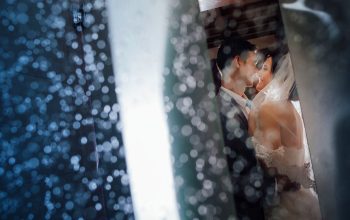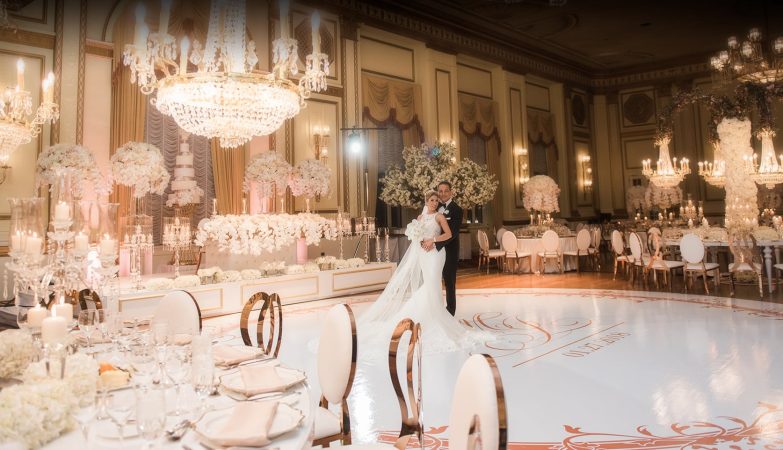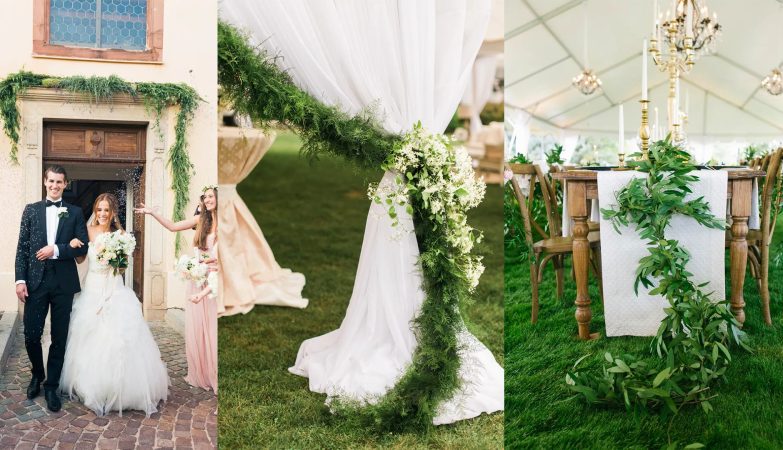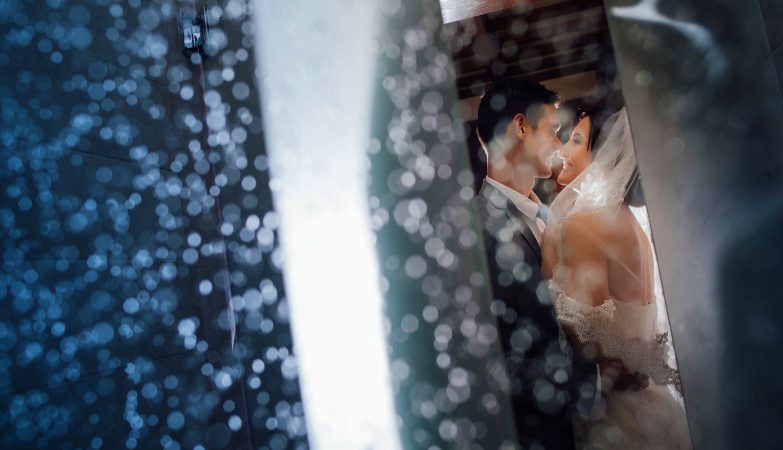
Do you struggle to understand when and how you should use fast shutter speed? It’s a common problem. Shutter speed can be a tough concept to grasp, especially when you’re faced with choosing a shutter speed in the field.
Fortunately, as long as it’s presented in the right way, shutter speed can actually be quite simple. That’s what this article is about – explaining fast shutter speeds in a way that makes it accessible to all.
What Actually Is Shutter Speed, And How Does It Work?
The shutter is the mechanical part of the camera, which opens when you take a photo and closes when the photo is captured.
The shutter speed, then, is the amount of time the shutter stays open. So as soon as you press the shutter button, the shutter springs open–and stays open for a length of time called the shutter speed. Then the shutter shuts, leaving you with an exposed image.

Generally, shutter speed is measured in seconds, like this: 1/2s, 1s, 1/20s, 1/200s, 1/500s, 1/1000s, 1/4000s, etc.
However, you should note that most shutter speeds are written as fractions of a second because shutter speeds are very, very fast. So while plenty of cameras have the ability to shoot from shutter speeds as long as 30 seconds, it’s much more common to use shutter speeds around 1/50s or above.
Minimum Shutter Speed: Now, while most cameras allow you to shoot with a shutter speed of the 30s or faster, the minimum shutter speed varies from camera to camera.
For instance, a consumer camera like the Canon T7i/800D has a minimum shutter speed of 1/4000s. But a professional-grade sports camera such as the Canon 1D X Mark II allows shutter speeds of up to 1/8000s.
Electronic Shutter Vs Mechanical Shutter: These days, many cameras can take photos without a mechanical shutter (think mirrorless and Live View photos). There’s no shutter opening and closing when you press the shutter button. There’s no snap from the camera as the shutter moves.
Instead, electronic shutters activate the camera sensor up for a certain amount of time (the shutter speed!), before shutting it back down.
This is advantageous if you want to keep your shooting as quiet as possible. It also helps minimize vibrations. On the other hand, electronic shutters don’t do well with flash shooting (and, on some cameras, you cannot shoot with an electronic shutter and flash at the same time).
What Is a Fast Shutter Speed?
As I mentioned above, most photography is done at 1/50s or higher. That said, 1/50s is pretty slow; it’s much more common to see photographers shooting at around 1/200s.
So what actually counts as a fast shutter speed? A shutter speed of around 1/400s-1/500s. These shutter speeds aren’t extraordinarily fast, but they do bring some serious power to the table.
Faster Shutter Speed vs Slow Shutter Speed
Why does shutter speed actually matter? For two reasons.

Shutter Speed Controls Exposure: First, the slower your shutter speed, the longer the sensor is exposed to the light. And the longer the sensor is exposed to the light the brighter the resulting photo.
So shutter speed helps determine exposure. If your scene is dark, you can brighten it up with longer shutter speed. If your scene is too light, you can darken it with shorter shutter speed.
I had to use a shutter speed of the 30s to compensate for lack of light
Shutter Speed Controls Motion: Second, the faster your shutter speed, the more likely it is that you’ll freeze movement in your photos. Fast shutter speeds stop motion; slow shutter speeds show motion by creating a blur. In other words, shutter speed controls motion in your photos.
Now, while photographers are generally concerned with producing sharp images, it sometimes makes sense to deliberately shoot with slow shutter speed. When you’re photographing at night, for instance, or when you’re photographing moving water.

This is because a slow shutter speed will give you a motion blur effect, one that can sometimes look beautiful. In fact, the longer the shutter speed, the more interesting your photos become. Slow shutter speeds can give you a silky look when it comes to running water.
You can also use longer shutter speed for creative effects, such as intentional camera movement. But remember, Shutter speed is also linked with exposure. And a poor exposure makes for a poor photo! So carefully choose your shutter speed, making sure to think about both exposure and freezing/blurring motion.
When to Use Fast Shutter Speeds
There’s one main time when you’ll want to use a fast shutter speed: When you need to freeze motion.

Action Sport Photography: If you’re shooting action sports, you’ll undoubtedly need a fast shutter speed. The precise value depends on the sport, but I recommend working with a shutter speed of at least 1/1000s for fast-moving people, and even faster (e.g., 1/2000s) when photographing people on vehicles such as mountain bikes.

Wildlife Photography: If you’re shooting wildlife, you have a few different shutter speed options, depending on your subject. If the wildlife is moving slowly (or not moving at all), then you can get away with shutter speeds of 1/100s to 1/400s.
But if the wildlife is moving quickly and you want to freeze it in motion, I recommend a shutter speed of at least 1/1000s, and probably 1/2000s for anything leaping, falling, or in flight.
Bird in flight requires a shutter speed of 1/1000s or faster

Macro Photography (Water Droplets): If you want to photograph water droplets, you’ll be working at high magnifications–which means you need a correspondingly high shutter speed to compensate.
That’s why I recommend using a shutter speed of around 1/1000s for photographing water droplets (just to be safe).

Street Photography: If you’re photographing street scenes, I recommend using a shutter speed between 1/500s and 1/1000s. And if you’re photographing street scenes with fast-moving cars, trains, busses then I recommend an even higher shutter speed of around 1/1600s or 1/2000s. This will ensure you freeze the cars, without ending up with any blur at all.
Family Photography (Running Kids): When it comes to photographing families, you have to be careful. If your kids are running around, you might end up with a blurry photo–which absolutely nobody will appreciate.
So you use fast shutter speed. 1/1000s is a good starting point, and will generally ensure the kids are completely frozen.
Conclusion
Hopefully, you now have a sense of fast shutter speeds, their purpose, and how to deal with them in the field. After all, choosing the right shutter speed is one of the main keys to a sharp image. So make sure you think about your shutter speed – and start shooting! Some amazing photos await.
originally posted on phototraces.com






